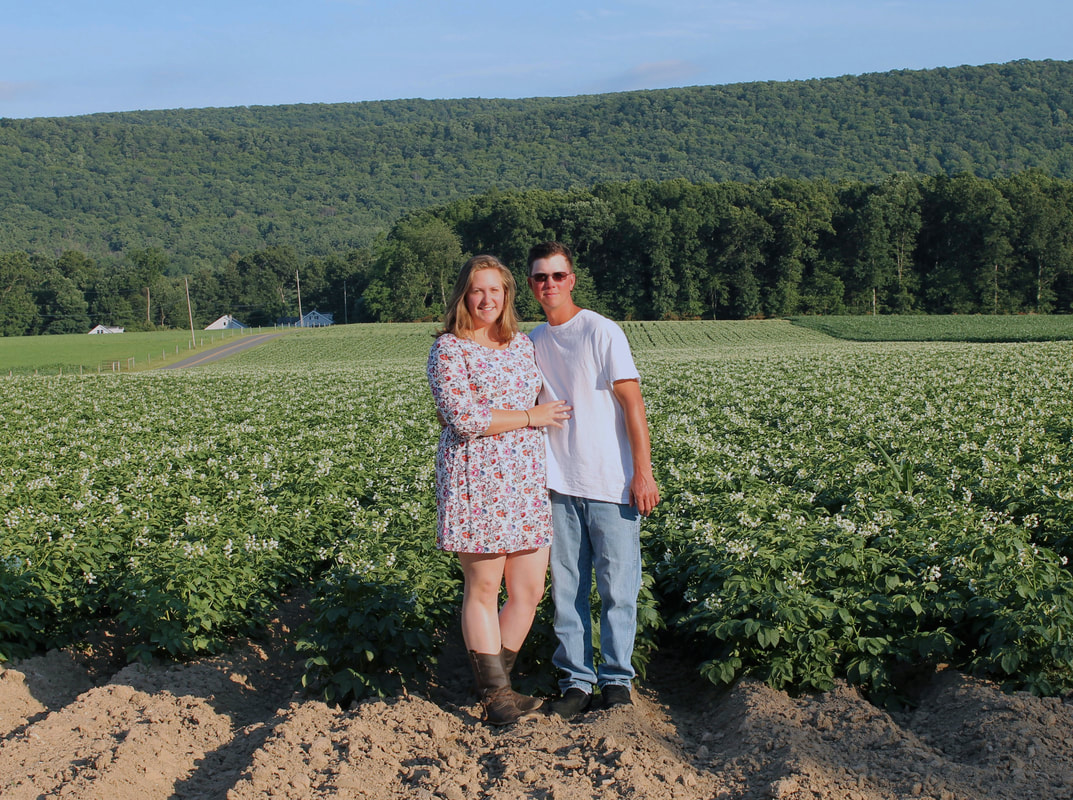Pastry technique seems frivolous in comparison to that.
It was absolutely apparent that I was obsessed with the idea of living like a lumberjack in high school because I certainly dressed like one. Flannel, cumbersome boots, a green army pack, unkempt hair (actually dreadlocks at the time, believe it or not). One of my teachers was fond of calling me Mountain Woman - a name I bore proudly, despite the fact that I was not in anyway shape or form. I grew up in a fairly urban area. Even when we moved to rural Ohio when I was a teenager, my only real experience with the "wilderness" was trails and lakes. I've never had a primitive camping experience. But I could see myself clearly chopping wood to feed the stove, frying everything in cast iron, eating from the garden, drinking from the spring.
Now that I am approaching thirty and a few months away from embarking on married life, I feel my edges rounding and I see certain things falling into place. For the most part, my twenties have felt like paddling down a river with endless tributaries - in other words, a horizon of possibilities but no clear long-term direction. All I had was a sort of vague notion of the kind of life I wanted to live, little more. And somehow a version of that dream manifested; a version much more rich, complex and promising than I could have ever imagined is now my reality. But with it comes change, much of which I won't know the full effect of until after "I do." You see, I'm not just marrying a man. I'm also marrying a farm and a family business. A city girl who secretly fantasized of being a country girl, only now just beginning to understand the work and effort it takes to sustain a farm operation of any size. I still have naive notions of it. When I finally make the transition to the farm permanently in December, that will be the true awakening.
The family farm through my eyes is a daunting and complex operation. I went through the motions of many, graduating high school, then college and then entering the work force, thinking like so many graduates that a college degree guarantees a higher paycheck and that a university experience prepares you thoroughly for the professional realm. When I entered high school, Mark already had over a decade of work experience. By age four, he was helping his father and grandfather with various tasks on the farm. And by the time he graduated high school, he knew his role in the world and had more knowledge about his line of work than probably most of his classmates did about theirs. His breed is becoming increasingly rare these days. I often wonder if our children will be more like Mark or more like me; I wonder if they will embrace farm life from the start, or if they will turn away from it in search of travel and adventure. And if they do leave, will they come back?
Will the farm continue on the backs of a fifth generation?
Pickled Strawberry Jam
Makes about 3 cups (1 1/2 pints)
Adapted from Christina Tosi
| Ingredients 1 3/4 cups (5 1/4 oz) sugar 1 tsp salt 3 cups (1 1/2 lb) strawberries, washed and hulled 1/4 cup red wine vinegar 2 tbsp apple cider vinegar 10-12 black peppercorns 1 small vanilla bean 1 small cinnamon stick or half a large one 1 tbsp butter (optional) 1 1/2 tbsp powdered pectin | Method In a bowl, whisk together the sugar and salt. Set aside. In a separate bowl, mash about half of the strawberries and slice the rest in half or quarters. If you’d like less texture to your jam, feel free to mash all of them. If you prefer a seedless jam, process all of the strawberries in a blender and then push the mixture through a fine mesh strainer. Add the sugar mixture to the strawberries, toss to combine and let it macerate while you bloom the spices. In a saucepan that is about twice the size of the sugar-strawberry mixture, combine the red wine vinegar, apple cider vinegar, black peppercorns and cinnamon stick. Slice open the vanilla bean pod and scrape the seeds into the pot. Add the pod into the pot as well. Bring this mixture to a boil and then remove from the heat. Let it steep and cool slightly for about 10 minutes and then discard the whole peppercorns, vanilla bean pod and cinnamon stick. Return the saucepan to the heat and bring it back to a boil. Pour the macerated strawberry mixture into the pot and bring it to a strong simmer. Dot the butter over the surface of the jam (if using) to keep the foam from bubbling up too high. When the jam begins to simmer, sprinkle the pectin over the surface and stir it in. Let the mixture cook over medium high heat for about 20 minutes, or until until thickened. If you are using a thermometer, it should reach between 210 and 220 F. Let the jam cool completely and then store in an airtight container in the refrigerator or freezer. |

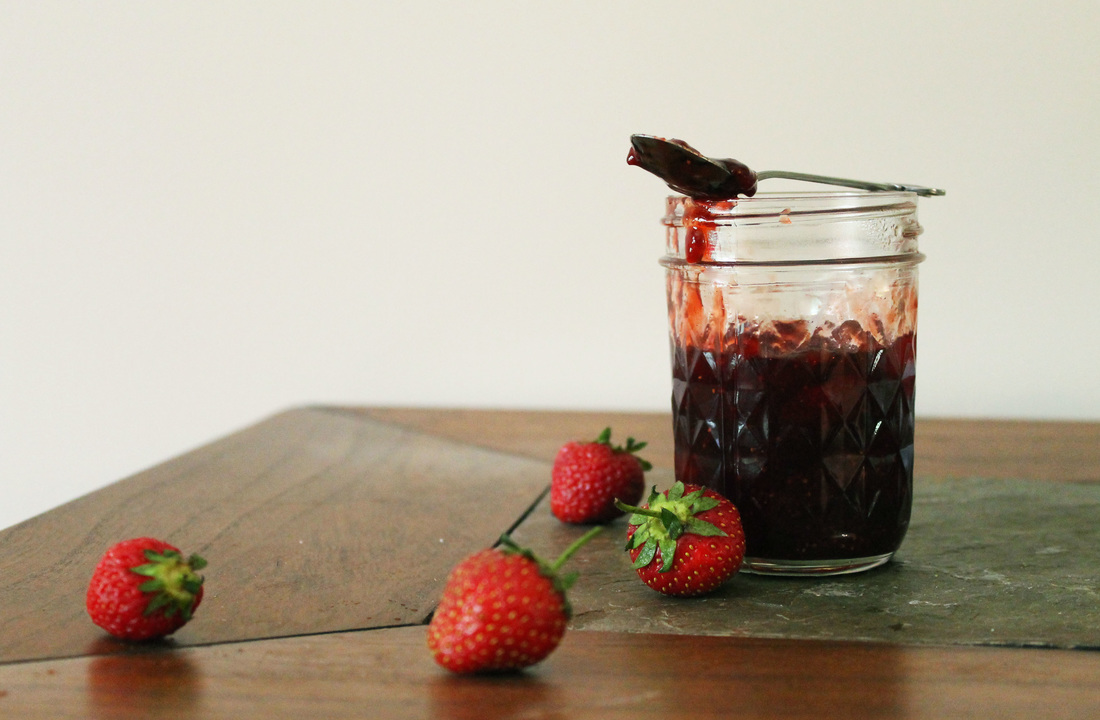
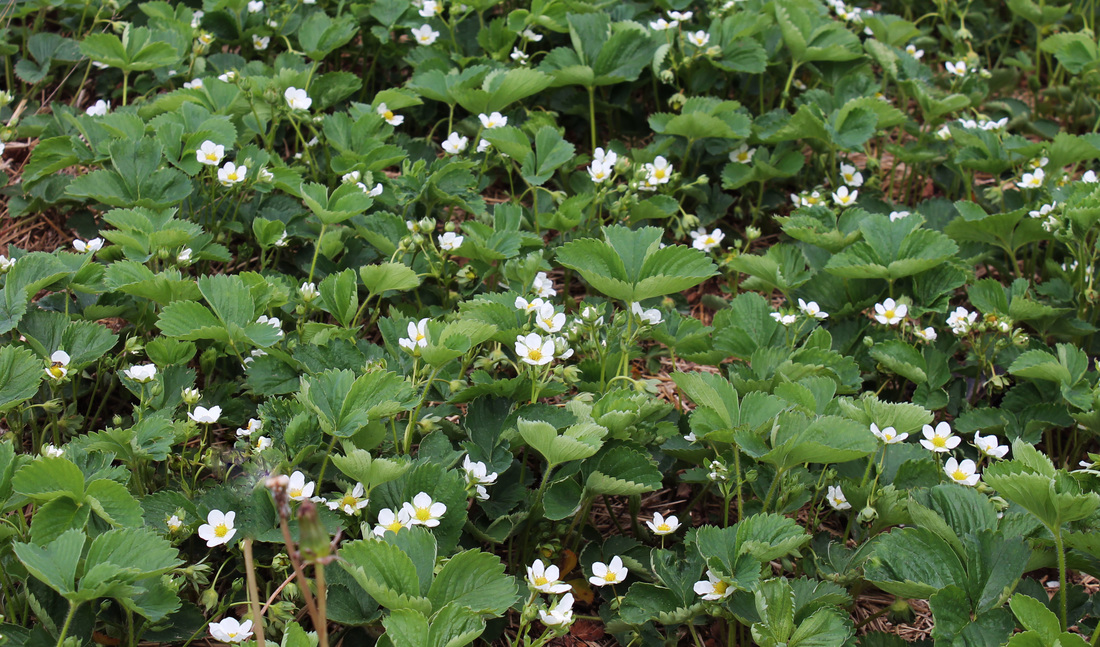
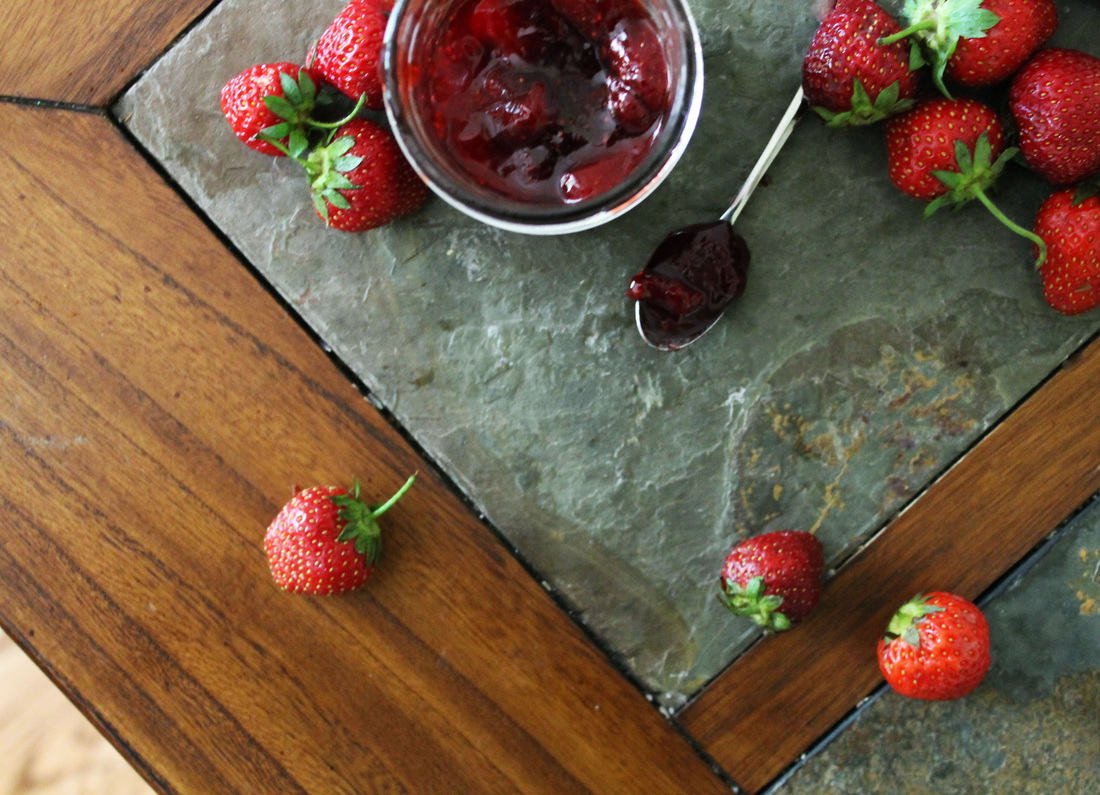
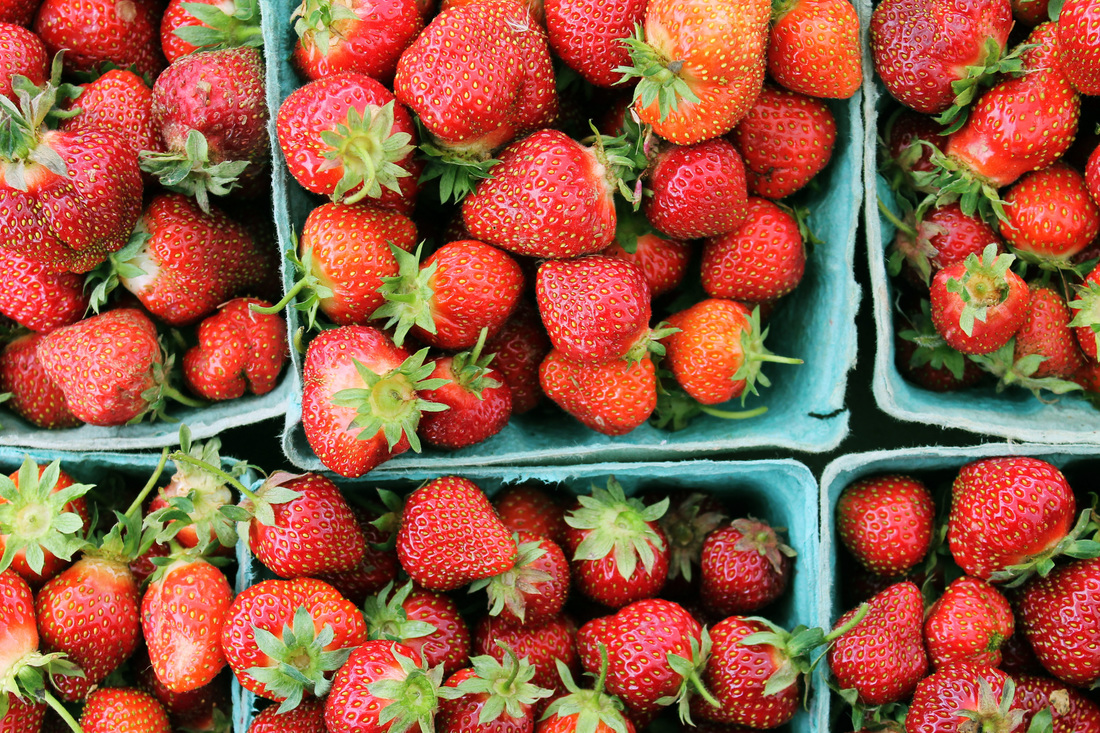
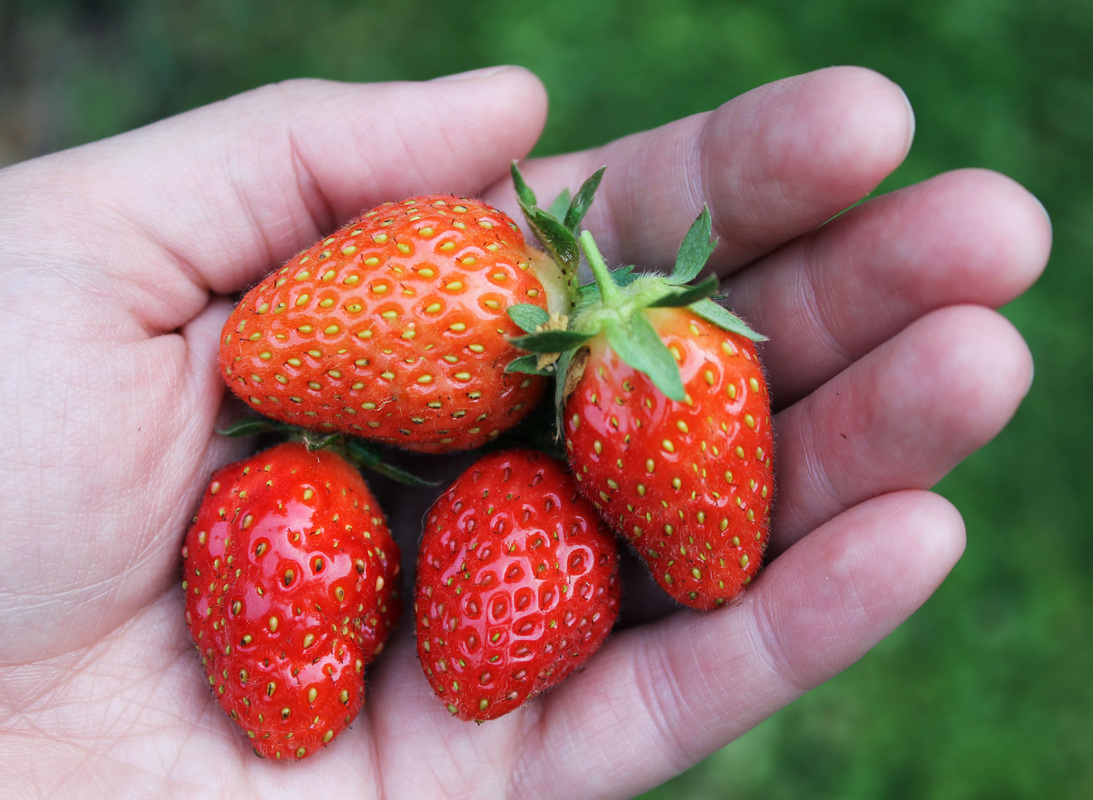
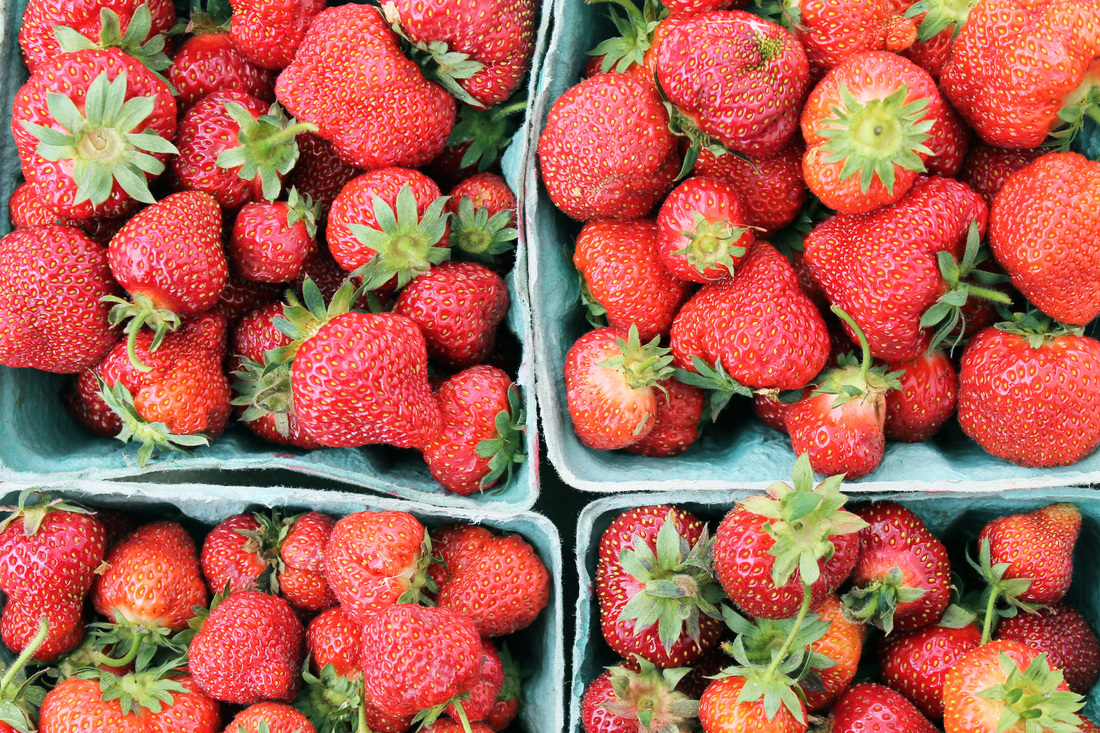
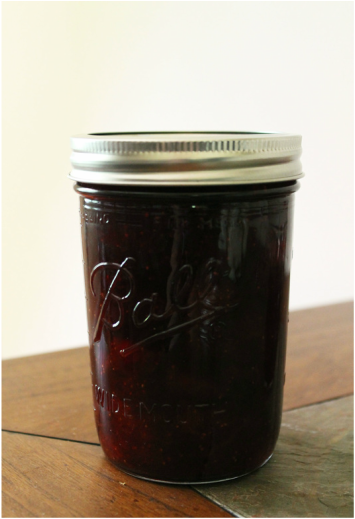
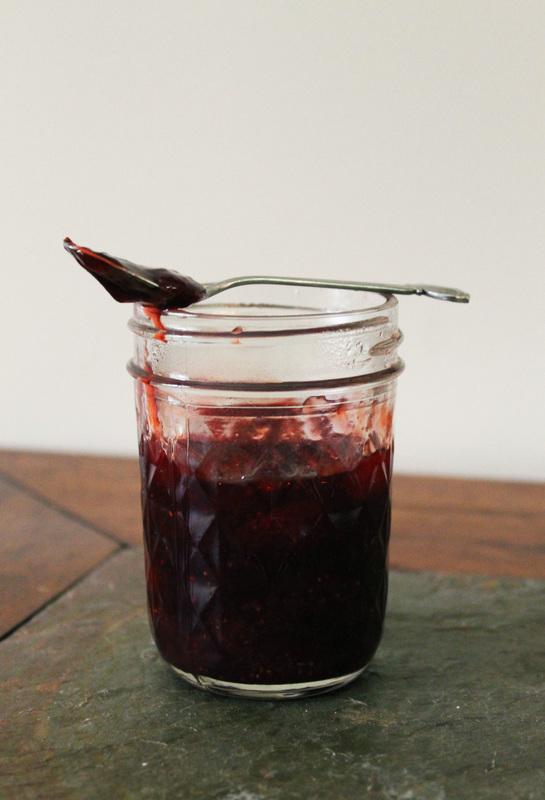
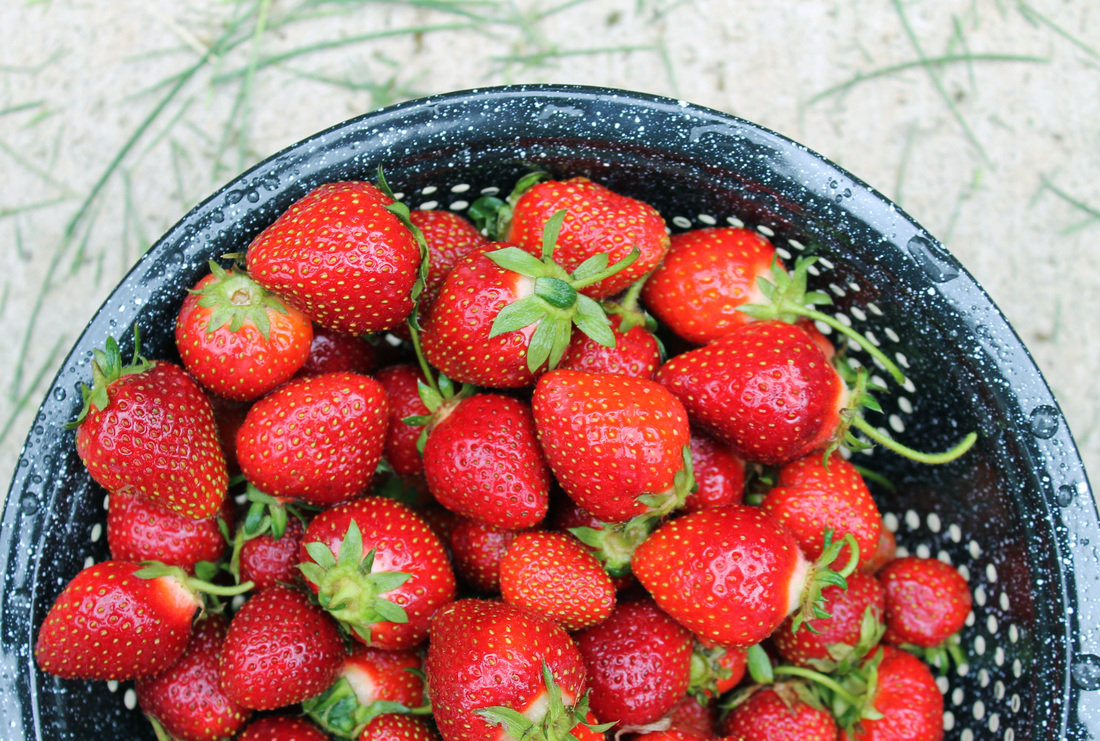
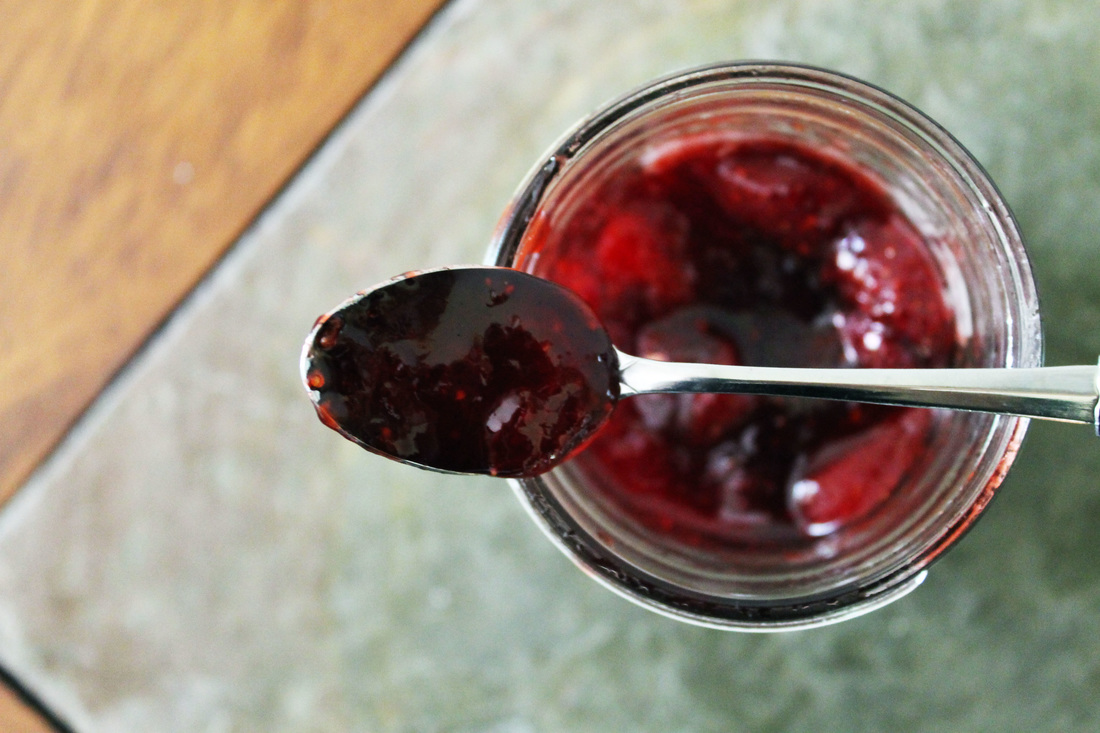
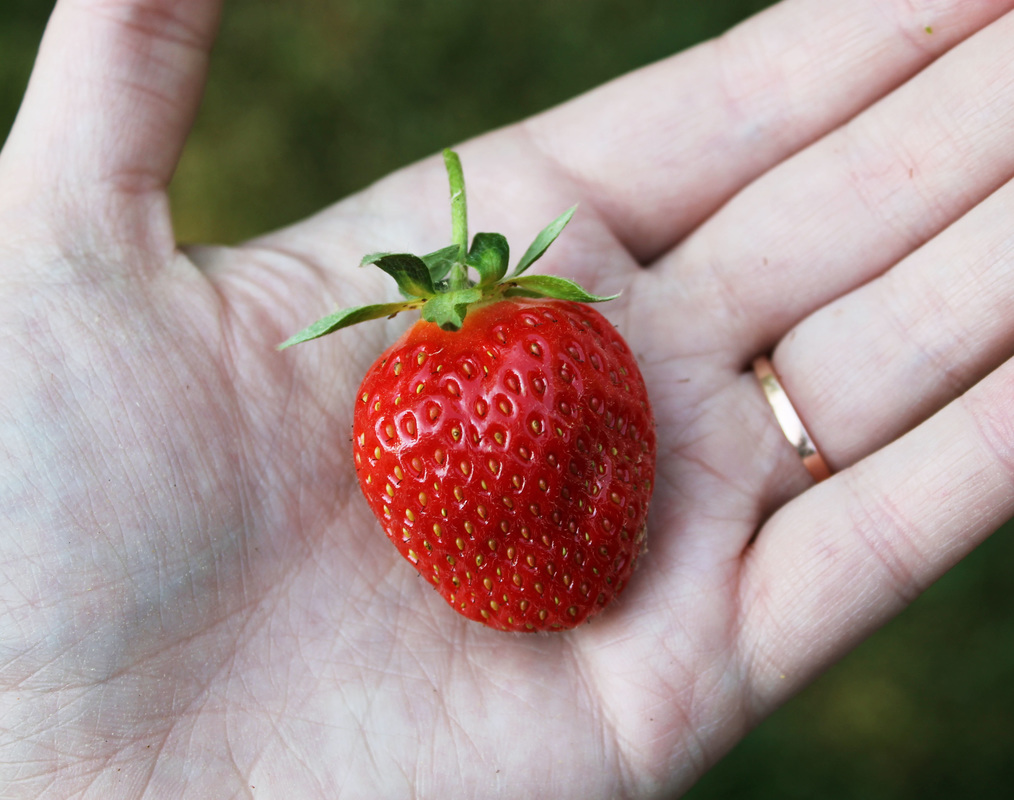
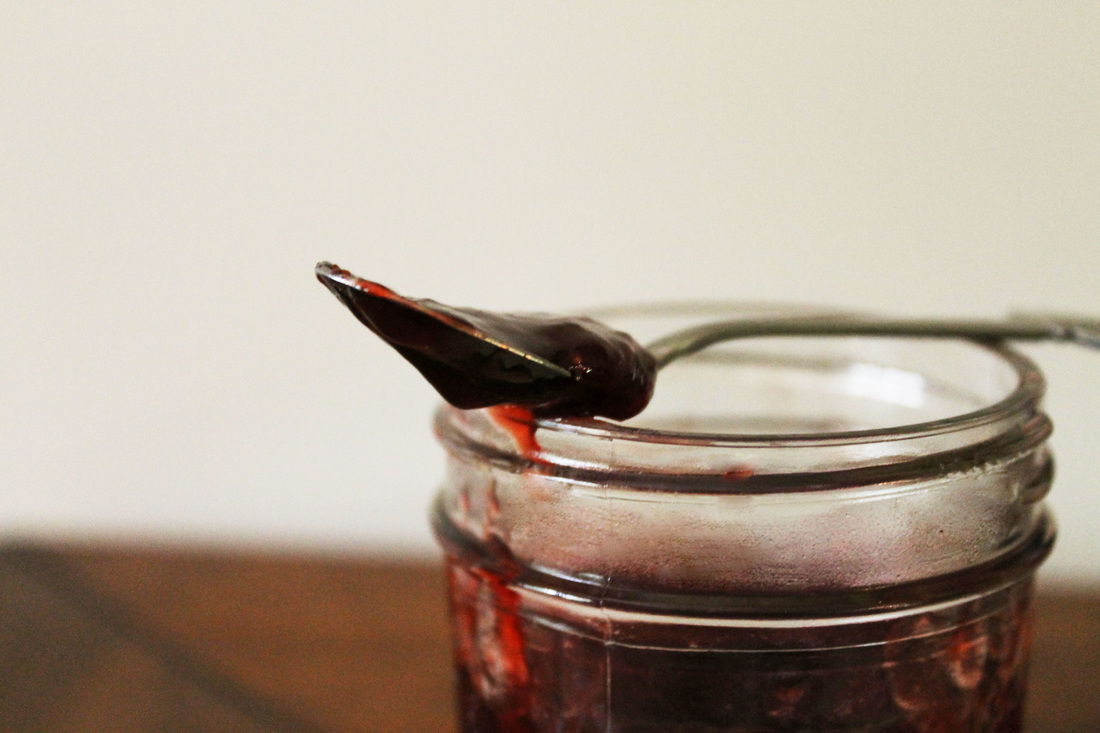
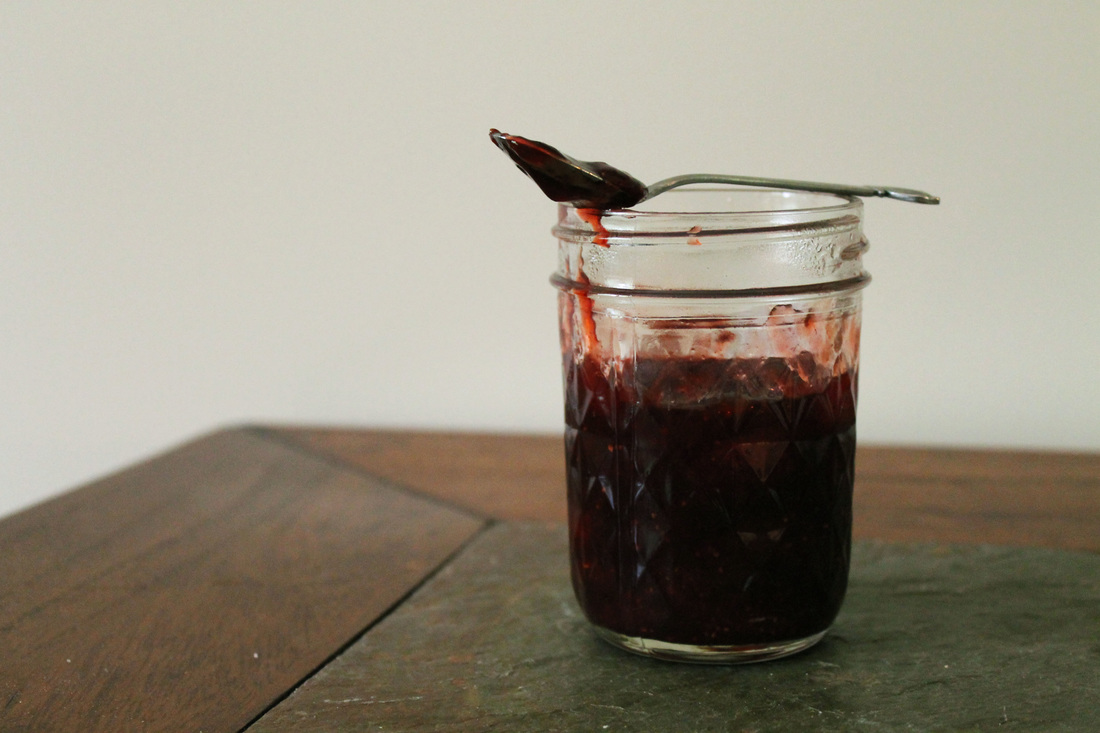
 RSS Feed
RSS Feed
